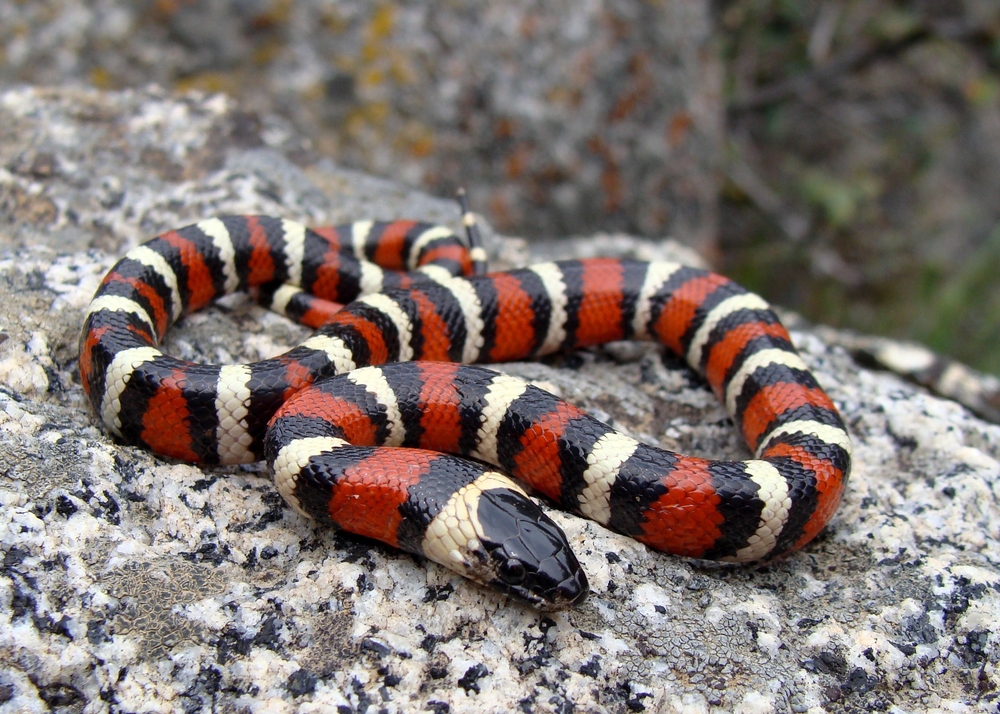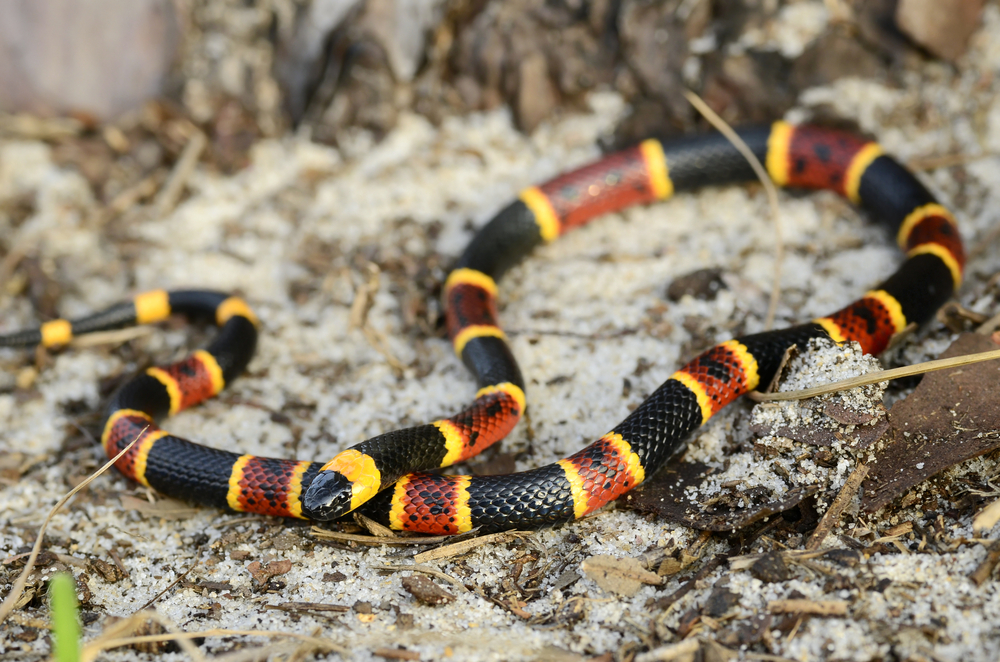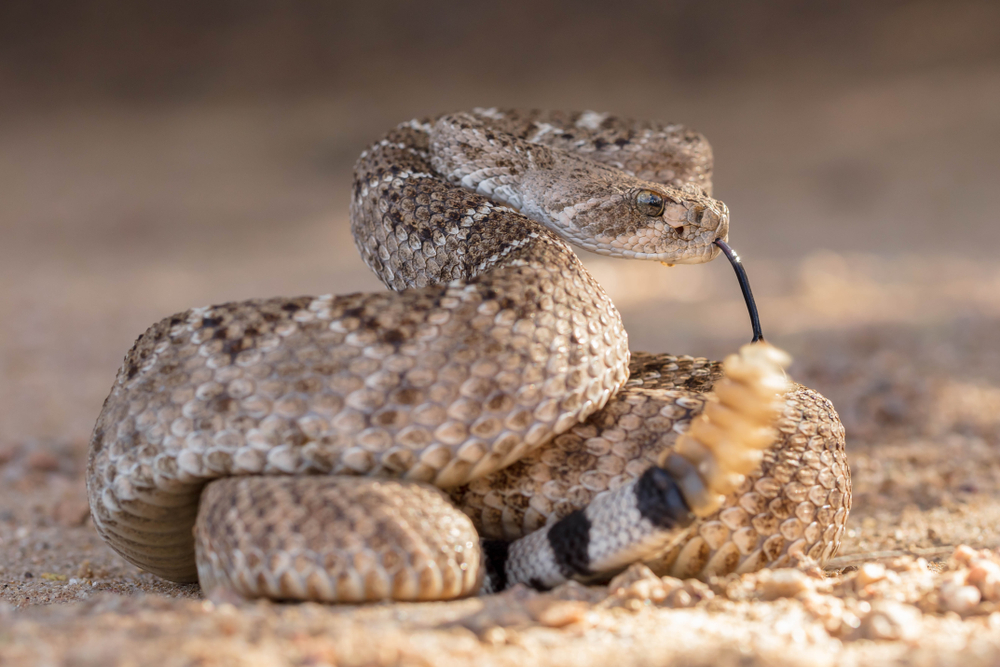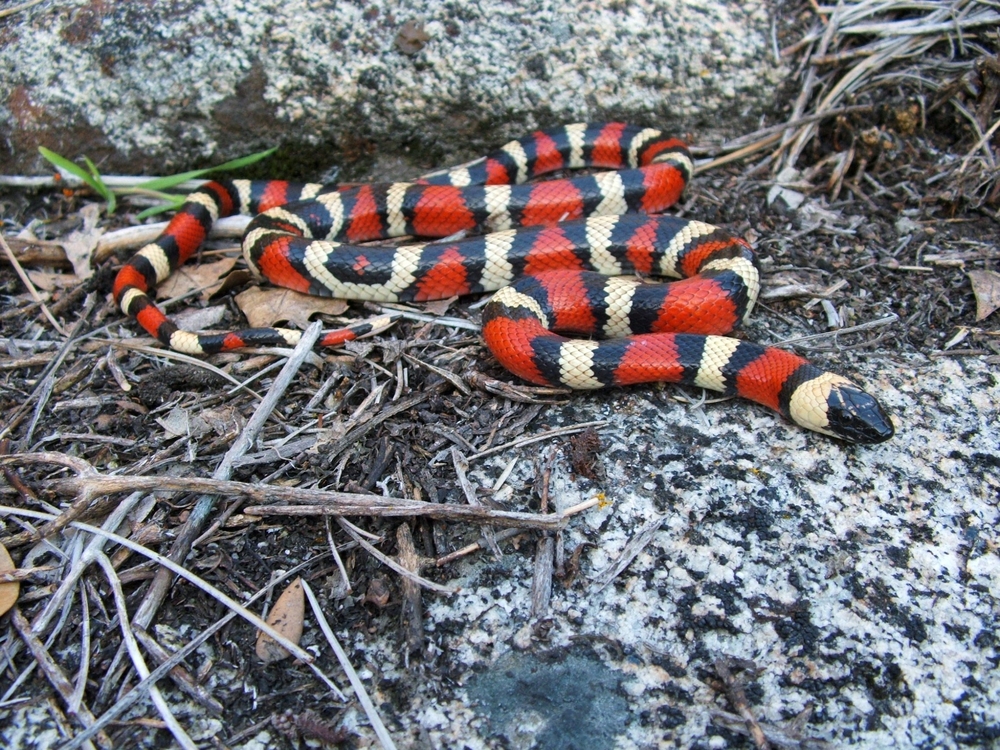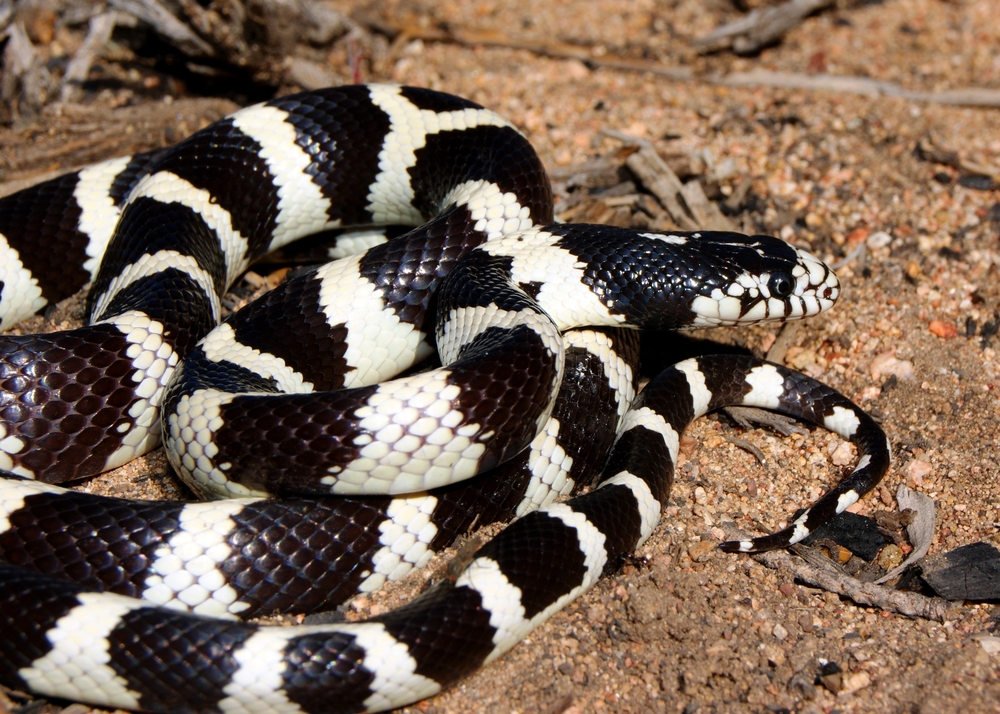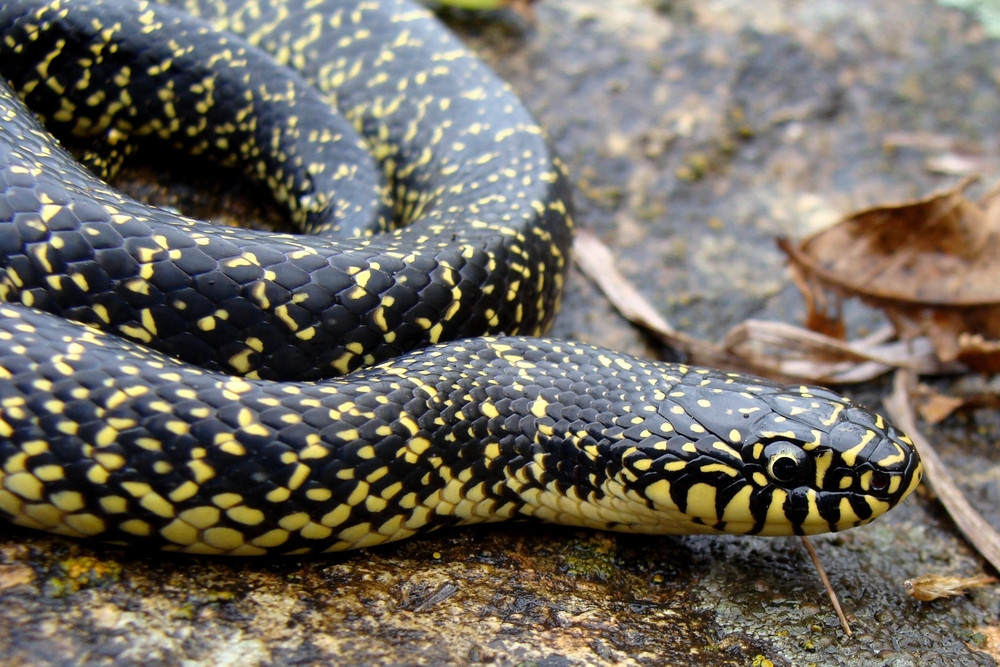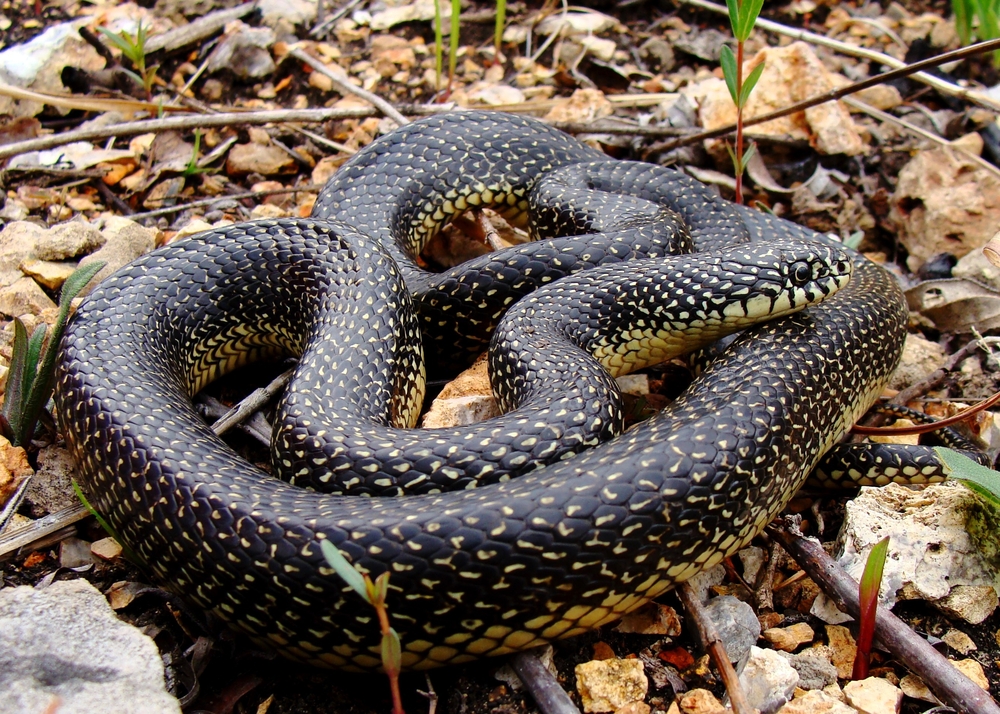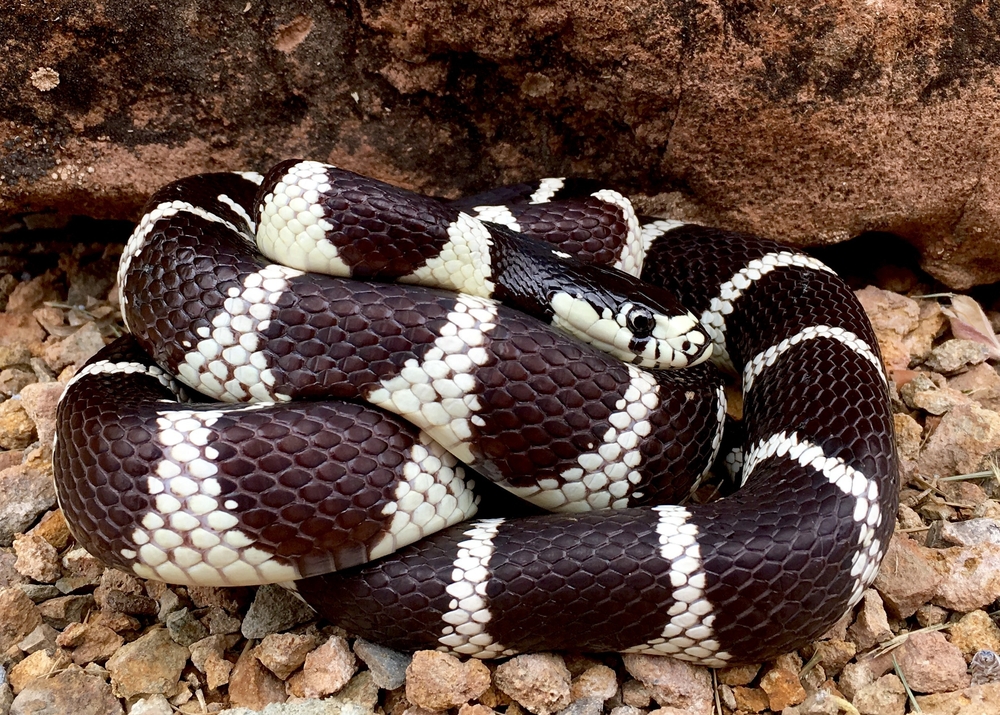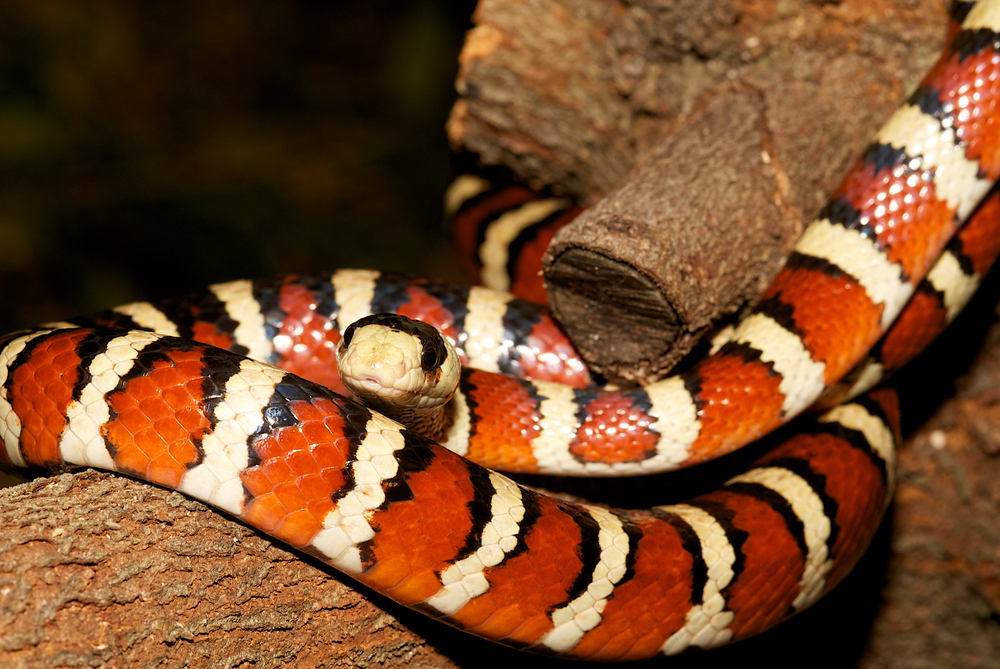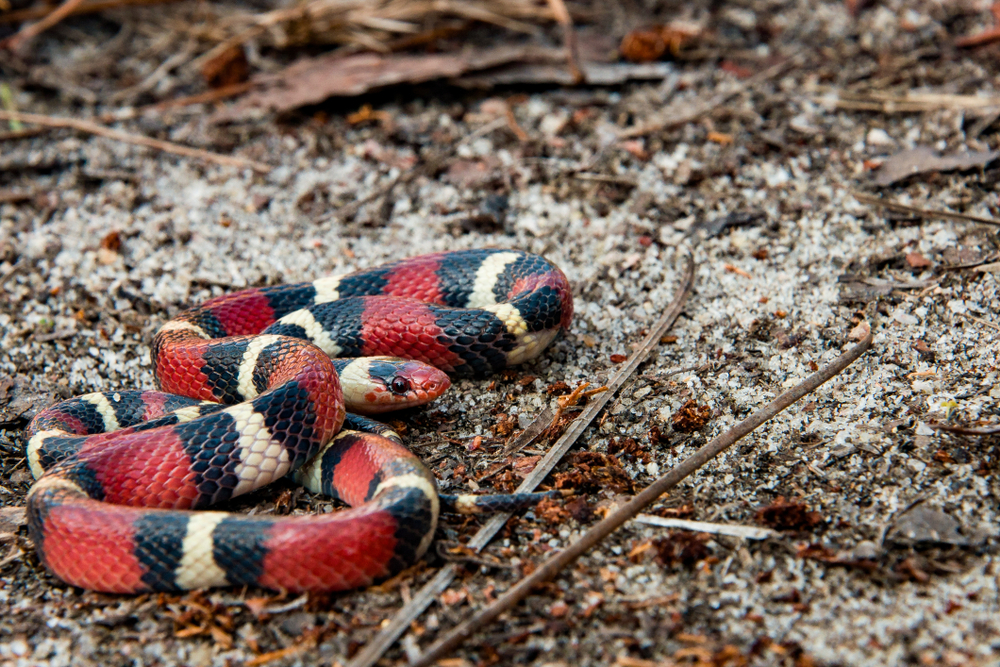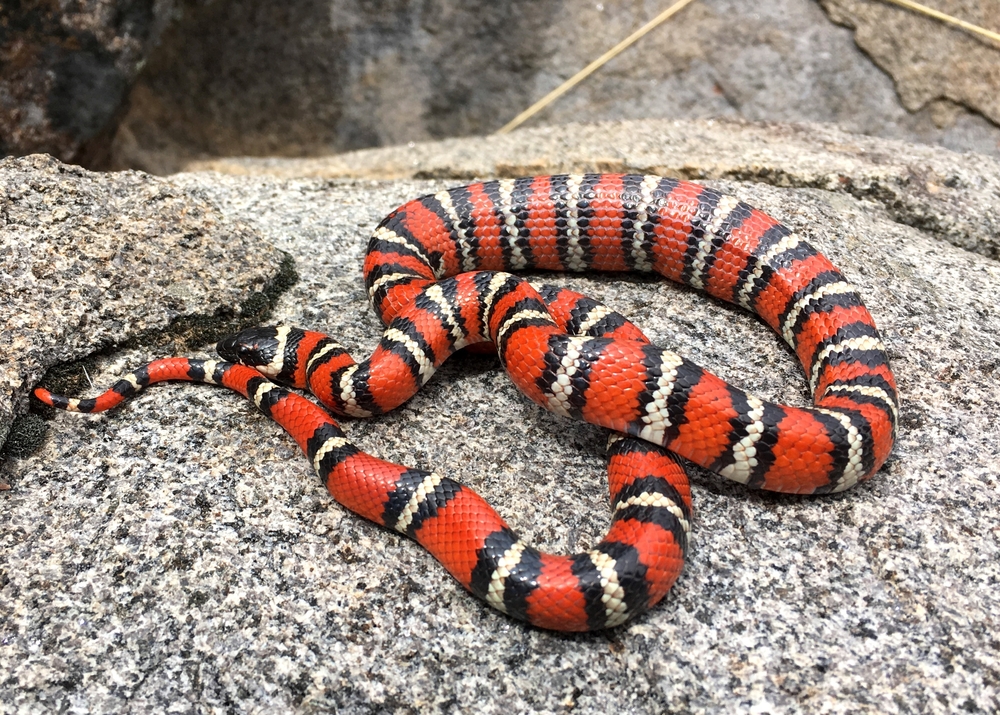Kingsnakes, belonging to the genus Lampropeltis, comprise several species and numerous subspecies. As of my last update, there are about 45 recognized species and subspecies within this genus. However, this number can vary due to ongoing taxonomic revisions and discoveries in herpetology.
These species and subspecies display a wide variety of color patterns and inhabit diverse regions across North and Central America. Some of the most well-known types of Kingsnakes include:
- Eastern Kingsnake (Lampropeltis getula): Known for its black body with thin white or yellow bands.
- **California Kingsnake (*Lam
propeltis californiae*):** Recognizable by its black and white banding or striping pattern.
- Scarlet Kingsnake (Lampropeltis elapsoides): Resembles the venomous coral snake with red, black, and yellow bands.
- Mexican Black Kingsnake (Lampropeltis getula nigrita): Known for its uniform glossy black coloration.
- Gray-Banded Kingsnake (Lampropeltis alterna): Features distinct gray and red/orange banding.
- Prairie Kingsnake (Lampropeltis calligaster): Typically has a brown or greenish-brown color with darker brown or reddish-brown blotches.
- Speckled Kingsnake (Lampropeltis holbrooki): Characterized by its black base color speckled with yellow or white.
Each species and subspecies of Kingsnake has its own unique range, habitat preferences, and color patterns. Their diversity is a testament to the adaptability and evolutionary success of the genus Lampropeltis across various ecosystems.






























































